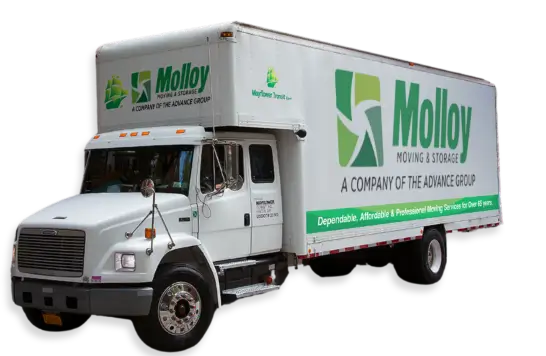Moving into a new home is an exciting transition, but the work doesn’t stop once you sign the lease or close the sale. Preparing your new home before your household move can save time, reduce stress, and make the settling-in process smoother. From deep cleaning to safety checks, here’s how to prepare your new space before moving day.
1. Start with a Deep Clean
A thorough cleaning before your belongings arrive ensures a fresh start. Even if the previous owners or tenants cleaned, it’s best to do it yourself or hire professionals for peace of mind. Focus on these areas:
- Kitchens: Scrub cabinets, sanitize countertops, and clean appliances inside and out.
- Bathrooms: Disinfect sinks, tubs, and toilets. Replace shower liners and check for leaks.
- Floors: Steam clean carpets or mop hard floors to remove dust and allergens.
- Windows: Wash windows inside and out to let in natural light and fresh air.
2. Test and Set Up Utilities
Before moving in, ensure all essential utilities are functional:
- Electricity and Gas: Confirm that power is on and the heating or cooling system works.
- Water: Check for leaks and ensure taps, toilets, and water heaters function correctly.
- Internet and Cable: Schedule installation in advance to avoid downtime.
Contact your service providers at least two weeks before moving to schedule any necessary appointments.
3. Change the Locks and Update Security
For peace of mind, replace all exterior locks or rekey them. You never know how many copies of the old keys are out there. While updating security:
- Check the Alarm System: If the home has an existing system, reset codes and update contacts.
- Install Security Cameras or Smart Doorbells: Enhance home security with modern technology.
- Inspect Doors and Windows: Ensure all locks function correctly and reinforce weak entry points.
4. Plan Your Furniture Layout
Decide where your furniture will go before moving day. Measure rooms and large pieces to avoid last-minute surprises. Consider:
- Traffic Flow: Arrange furniture to create open and functional pathways.
- Natural Light: Position seating areas near windows to maximize sunlight.
- Storage Needs: Identify where shelves, closets, and cabinets will hold your belongings.
A straightforward layout makes unpacking more efficient and helps movers place furniture in the right spots.
5. Make Necessary Repairs and Upgrades
Addressing minor repairs before moving in prevents future hassles. Walk through the home and take note of:
- Wall Repairs: Patch holes, repaint, or update wallpaper.
- Plumbing Issues: Fix leaky faucets and test water pressure.
- Electrical Outlets: Ensure outlets work and update outdated wiring if necessary.
If you plan on renovating, such as installing new flooring or repainting walls, doing so before moving in makes the process easier.
6. Childproof and Pet-Proof If Needed
If you have young children or pets, take extra steps to ensure their safety:
- Cover Outlets: Use safety plugs for exposed electrical sockets.
- Secure Cabinets: Install locks on drawers containing hazardous materials.
- Block Staircases: Set up baby gates if necessary.
- Check Fencing: Ensure outdoor spaces are secure for pets.
Taking these precautions before move-in day keeps your family safe from day one.
7. Stock Up on Essentials
Prepare a moving-in essentials kit with necessary supplies to avoid scrambling for basics. Include:
- Toilet paper, paper towels, and cleaning supplies
- Basic tools like screwdrivers, a hammer, and measuring tape
- Light bulbs and batteries
- Snacks and bottled water
Having these essentials on hand makes the first few days much more manageable.
A Stress-Free Move Starts Before Moving Day
Getting your home ready before the big move saves time and frustration. We’ll handle the hard work so you can concentrate on other things. Contact us today for expert professional moving services that make your transition effortless!




